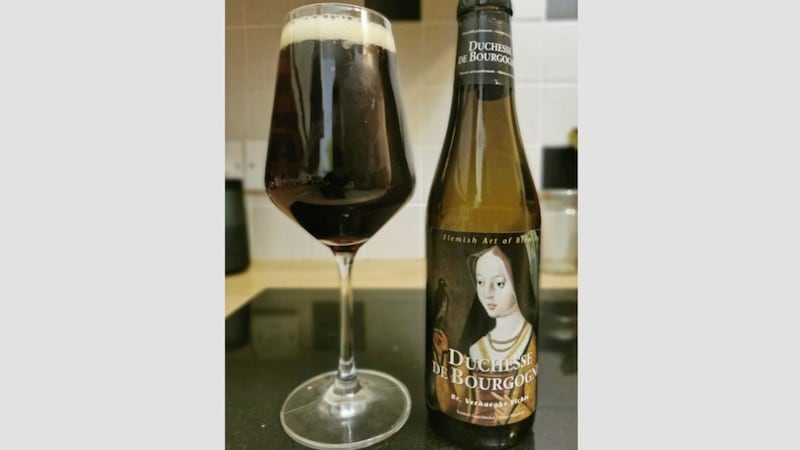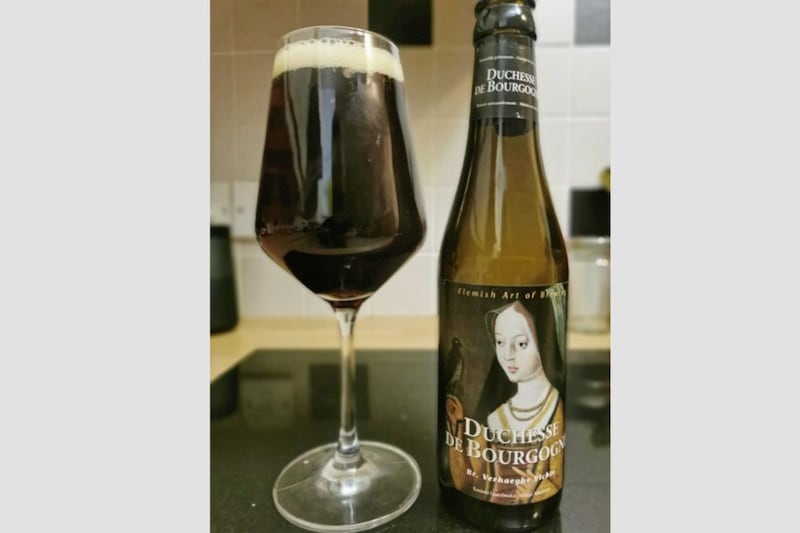BEER should mostly be about what's in the bottle or can rather than what’s on it. However, there is the occasional furore about ill-judged depictions of women on bottle and can art which comes as a periodical reminder that beer should be inclusive and not seek to make anyone uncomfortable.
Maybe they had a better grasp of that in unenlightened times when the women you saw on beer labels were usually of regal stock. That’s true of Duchesse de Bourgogne, a 6 per cent Flemish red ale. That shouldn’t confuse it with what we here in Ireland would consider a red ale to be. It’s a typical example of a Flemish sour ale, but then it doesn’t necessarily conform to what we’ve come to class as a sour ale either.
One thing which can be said about this celebrated Belgian ale is that it’s complex and each drink of it peels away another intriguing dimension.
Let’s start with the look and, once released from that dark brown 330ml bottle, it pours a deep mahogany colour in the glass. It has a light tan head, which dissipates quite quickly.
The aromas are tantalising and varied. You get the scent of cherries and apples and slight woodiness, which points to the traditional ageing process of this beer.
The traditional Belgian brewing style also explains the high degree of carbonation going on here. The beer literally fizzes out of the bottle before eventually settling down.
Flavour-wise, there’s a lot going on. This is due in no small part to spontaneous fermentation. The beer is poured in large, long tanks, allowing it to react with microbes in the air which provide the natural carbonation and alcohol content. After that, it is aged in oak vats.
The thing about spontaneous fermentation, though, is that no two batches are the same and so to bring some consistency, master blenders mix batches together to get the right balance.
The result is a complex beer which starts off very sweet on the palate. There’s a distinct cherry flavour which helps to bring a sour edge, though not the kind of puckered-up sour we’ve come to expect from craft brewers. There’s an acidic edge to it all and hints of balsamic vinegar come through.
It's subtle and tart with lots of sweet fruity notes and the wood-ageing gives it a slight smooth, vanilla flavour.



